EigenLayer Holesky Testnet Launch + Dual Quorum Support for EigenDA
The EigenLayer and EigenDA Holesky Testnet is now up and running. This marks an important milestone for the EigenLayer ecosystem, and we're keen for operators, stakers and rollup developers to continue testing on Holesky as we gear up for the upcoming mainnet launch. As a reminder: points are not available on the Holesky testnet.
- Restakers: Find your way to the EigenDA Holesky testnet here.
- Operators: Follow the step-by-step guide for onboarding through the CLI instructions.
- Rollup Sequencers & Full Nodes: Post, retrieve and verify blobs. Rollup clients should configure their sequencers and full nodes to disperse and retrieve blobs from the EigenDA Holesky disperser endpoint:
disperser-holesky.eigenda.xyz:443
Dual Quorum Comes to EigenDA Testnet
We're thrilled to introduce an exciting new feature “Dual Quorum” on the EigenDA Holesky testnet. Dual Quorum introduces an extra layer of robustness and decentralization to EigenDA by using two quorums to secure the same proof of stake network.
You can read more about the benefits of Dual Quorum in this blog post. At its core, Dual Quorum strengthens EigenDA’s cryptoeconomic security model through redundant storage of blobs across different EigenDA operator sets.
More generally, it allows operators to support any validation services through both LSTs/native ETH and an additional token. AVSs can design staking preferences and validation models using multiple tokens, which opens up new fundamental design possibilities for proof of stake networks.
This feature adds depth to AVS consensus mechanisms and brings further utility to native tokens for AVSs and rollups. While wETH is currently enabled on Holesky for testing of Dual Quorum on EigenDA, we're excited about the potential to welcome a variety of tokens to be used as staking assets in the EigenLayer ecosystem.
The Unique Benefits of Dual Quorum. EigenDA's Dual Quorum feature set addresses the bootstraping challenge by easing the initial process of securing a new Proof of Stake (PoS) network. By allowing staking in ETH as well as staking in various protocol tokens, the network can tap into the security of ETH while bootstrapping the new token and network.
Mitigating volatility risks. The inclusion of a more stable and non-correlated asset like ETH cushions the network against the inherent price fluctuations of new tokens. This layer of economic security ensures that even in times of native token volatility, the network's integrity remains uncompromised.
Expanding security and decentralization. Dual Quorum enables a richer, more resilient security model. By validating through both native token (AVS or Roll up tokens) and ETH-backed operators, it introduces a dual-layered consensus mechanism, enhancing the network's resistance to attacks and faults. AVSs have flexibility to design the Dual Quorum consensus mechanism in various ways (as further described here) that best suit the individual AVS.
Thank you for your commitment and for joining us in this journey. We can't wait to see the Holesky Testnet in action with your support and transition smoothly into the exciting new era of the EigenLayer mainnet.

